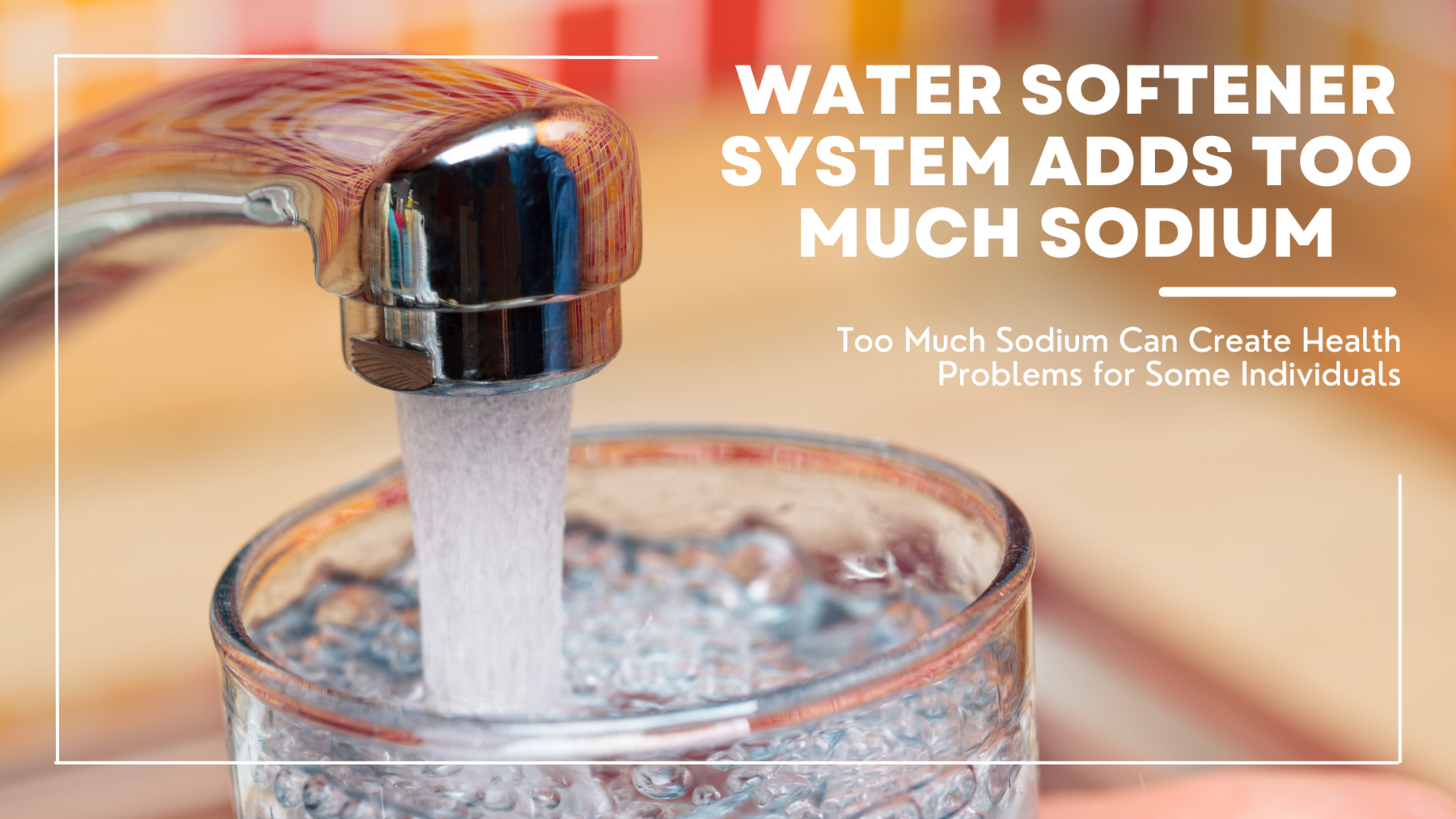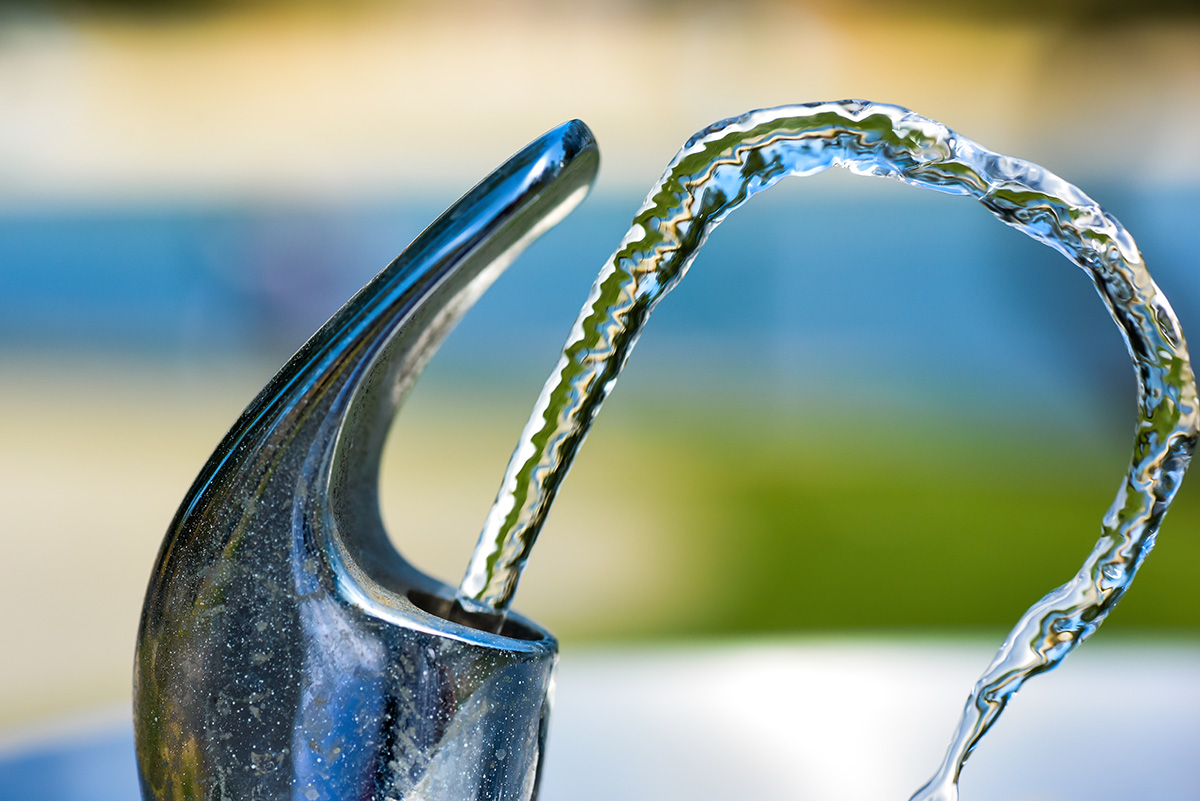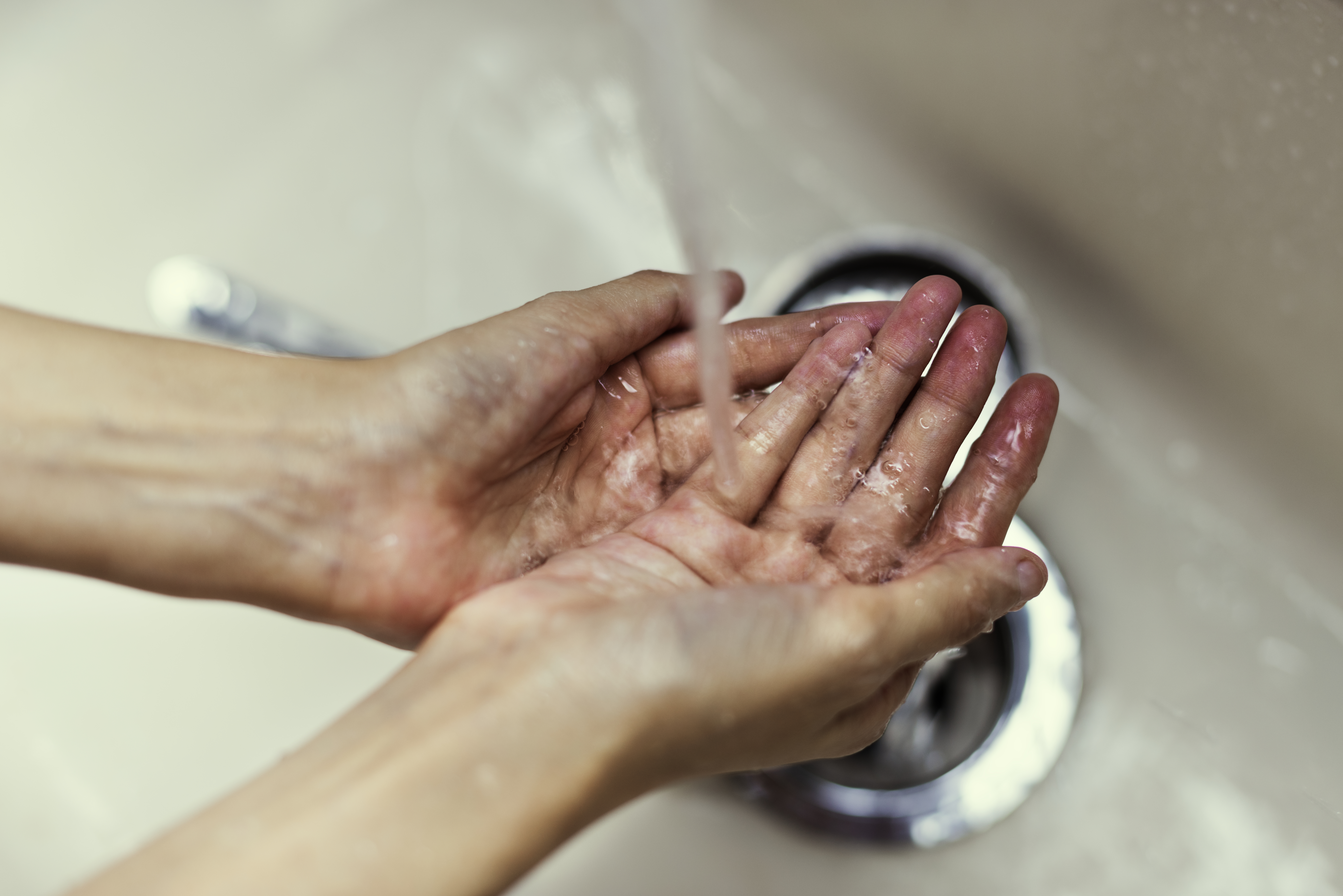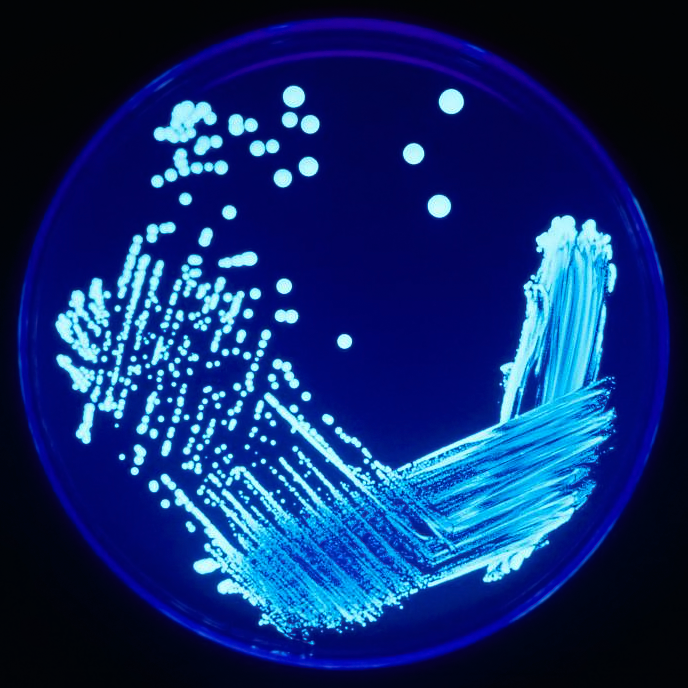Sodium in Water
Sodium is not a restricted additive in drinking water since it is a mineral necessary for normal body function. Muscles and nerves depend on sodium to function. Drinking water typically adds a small amount (less than 10%) of sodium to a person’s daily intake, which mostly comes from our diet.
The EPA Advisory recommends reducing sodium concentrations in drinking water to between 30 and 60 mg/L based on esthetic effects (i.e., taste). This recommendation is not federally enforceable but is intended as a guideline for states. States may increase or decrease levels depending on local conditions. Availability of alternate source waters and other compelling factors are reasons for altering the recommended amount, provided that public health and welfare are not adversely affected.
Too Much Sodium Can Create Health Problems for Some Individuals Residents of one independent living center expressed concern that the water in their apartments had too much sodium. Facility management of the relatively new facility believed the water softener system was only being directed to the mechanical equipment to reduce scaling.
At the request of management, we tested the water in two places: the incoming water from the city utility and the water from one of the apartments’ kitchen sinks.
| Sample Test Location | Test Result |
| Sample taken from City provided water piping as it enters the building | 75.8 mg/L Sodium |
| Sample taken in the facility in one of the apartments – kitchen sink water | 156 mg/L Sodium |




